A guide to engagement ring cut, carat & setting
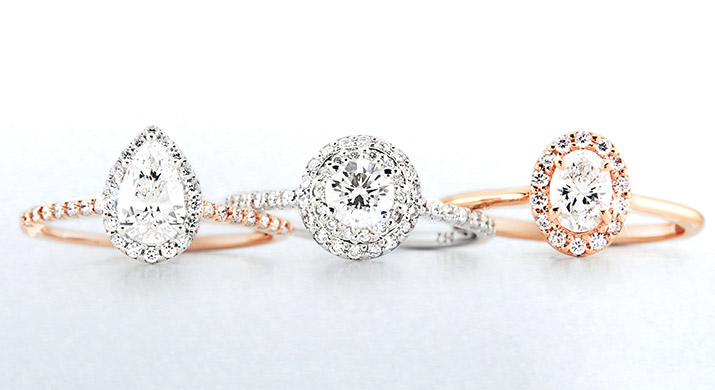
Choosing the perfect diamond engagement ring is a deeply personal experience. At Nina’s, our team of GIA Certified Diamond and Design Specialists makes the process feel simple, enjoyable, and completely tailored to you. With their expert guidance, you can feel confident knowing you will find a design that reflects your love story and suits your lifestyle beautifully.
Cut
When it comes to diamonds, cut is one of the most important factors that determines how much a diamond sparkles. Unlike size or clarity, cut directly affects how light enters and reflects within the stone, creating that signature brilliance and fire.
People are naturally drawn to diamonds for their dazzling sparkle, and a well-cut diamond enhances that eye-catching shimmer. For this reason, cut is often considered the most important element when choosing a diamond for an engagement ring.
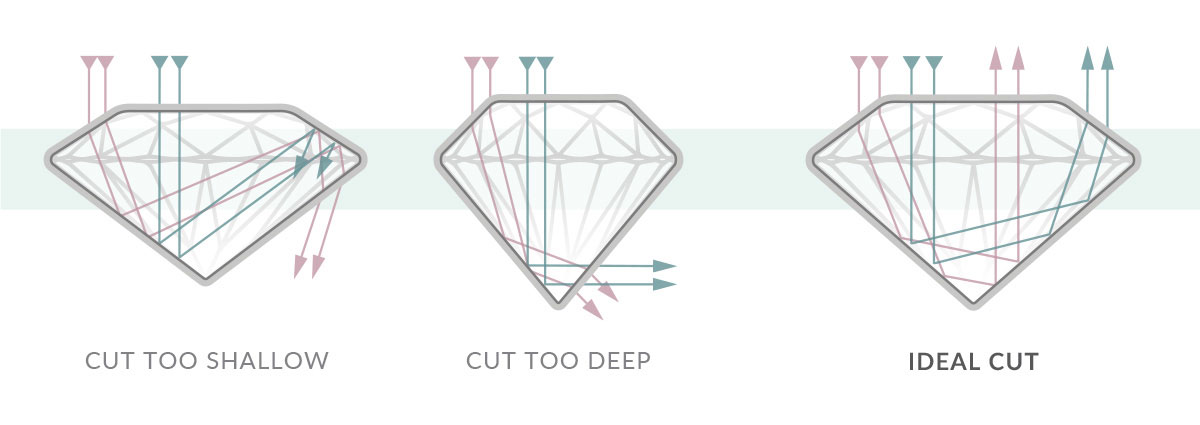
Carat
Carat refers to the weight and perceived size of a diamond. It is often one of the first details people focus on when beginning their search.
Our team can help you find the right balance between carat weight and the overall appearance of the ring. For example, a 0.90 carat diamond may appear almost identical in size to a 1.00 carat stone but can be significantly more affordable. Understanding these small differences can help you maximise value while maintaining visual impact.
Shape
Shape is often the first visual detail your partner may connect with, and it is common for them to already have a favourite. If you are not sure what they love, you might try asking them directly, checking their Pinterest boards, or speaking with friends or family.
Different shapes can also flatter different hands. For example, marquise-cut and oval-cut diamonds create an elongating effect that can make fingers appear longer and more slender.
If you are still unsure, a round-cut diamond is a timeless and versatile choice. It suits most ring settings and remains popular for its perfect balance of sparkle and style. Other elegant options include a princess-cut, a pear-cut, a heart-cut, a baguette-cut, and an emerald-cut. Each offering its own unique appeal.
Setting
When we guide clients through selecting a setting, we often begin by discussing practicality and how the ring will be worn every day. One of the key considerations is the height of the setting. If your partner is hands-on in their daily life, a lower setting helps prevent the stone from catching. If you prefer the diamond to have more visual presence, a higher setting can give the appearance of greater size and make the stone stand out more.
Metal colour also plays a role in how your diamond looks. We generally recommend matching the metal to the stone colour to enhance its natural beauty. White gold or platinum pairs beautifully with white diamonds for a crisp and bright finish. Yellow gold complements yellow and champagne diamonds, while rose gold enhances the soft tones of pink diamonds.
The band colour is where personal preference comes into play. Many people choose a metal colour that matches the jewellery they already wear, allowing the ring to reflect their personal style while the setting ensures the diamond shines its brightest.
Our GIA Certified Diamond and Design Specialists will help you choose a setting that balances style and function while bringing out the very best in your diamond.
Choosing a diamond for your dreams & budget
Selecting the right diamond is a personal and exciting journey. It is about finding a stone that tells your story, suits your style, and reflects what matters most to you.
Whether your priority is size, clarity, colour, or a balanced combination of all three, our team will guide you with care and experience. Our goal is to help you find a diamond that offers timeless beauty and exceptional value.
Clarity grades like VS1 and VS2 appear flawless to the naked eye and reflect both quality and elegance. Meanwhile, diamonds in the G to H colour range deliver a near-colourless brilliance that feels effortlessly refined.
With expert guidance throughout the process, you can feel confident in your decision and enjoy every step of the journey.

Coloured diamond engagement rings
For a truly individual ring, coloured diamonds are a striking and memorable choice. From soft Argyle pinks and radiant yellows to rich champagne tones, these stones express personality, creativity, and a bold sense of romance.
If you love the idea of colour but want to keep the overall look more traditional, consider using coloured diamonds as accent stones around a white centre diamond. This approach adds character and warmth without overpowering the classic aesthetic. Many clients are drawn to this option once they see how beautifully a hint of colour can transform the overall design.
Coloured diamonds can sometimes be more rare or carry a higher price, but our team will help you explore all possibilities to bring your vision to life. Whatever your taste or budget, we are here to help you create something meaningful and unforgettable.
Crafted with Care in Western Australia
At Nina’s, we have been helping couples bring their dream engagement rings to life since 1965. From natural white and coloured diamonds to fully bespoke designs, each piece is crafted with care by our Master Jewellers in Dunsborough, Western Australia.
Start your journey with Nina’s today. Every love story deserves a ring that is just as unforgettable.
Author: Danae Wilson
Fact-checked by: Emma Donovan

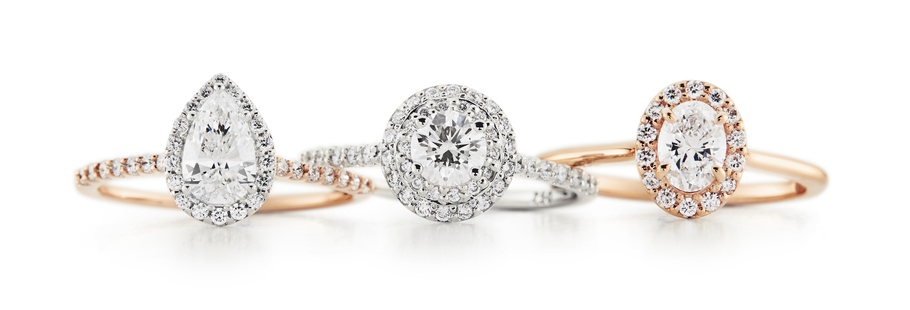
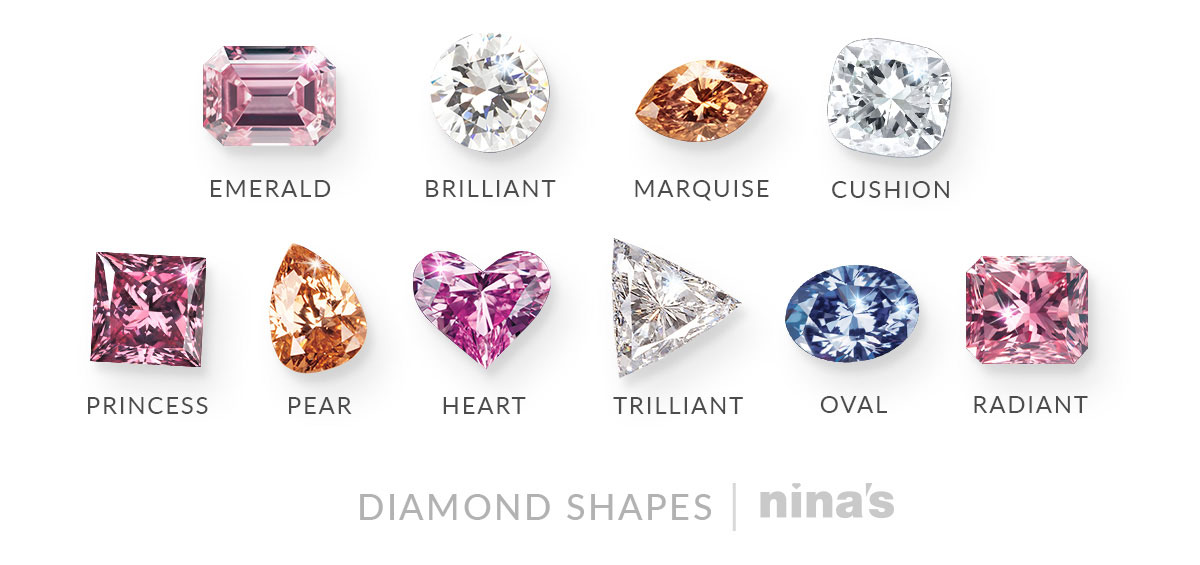

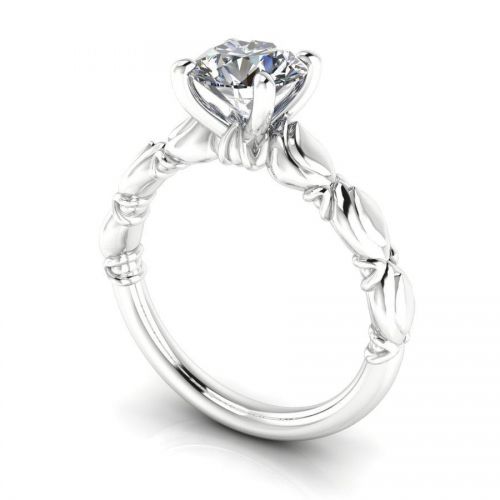
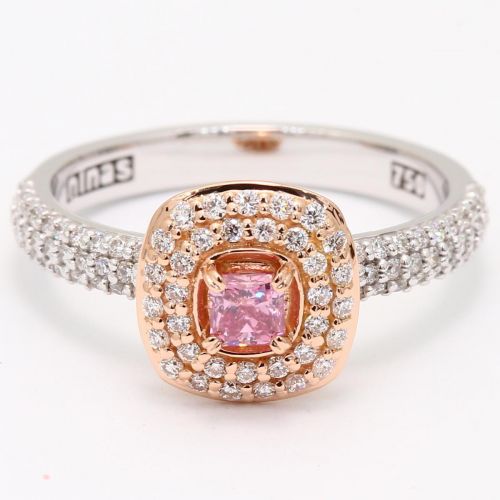




The information below is required for social login
LOG IN
Create New Account